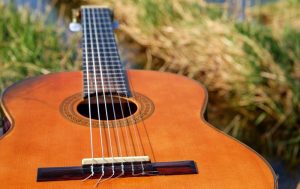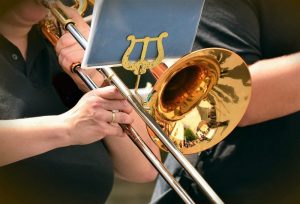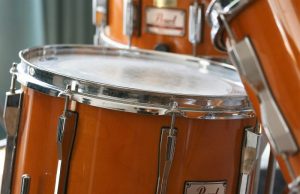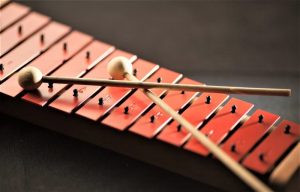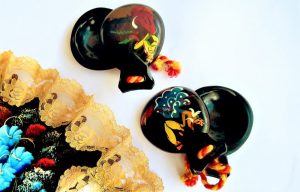String instruments
When you look closely at a string instrument, the first thing you will probably notice is that it is made of wood, so why is it called a stringed instrument? Well, strings bodies instruments, which are hollow inside to allow the sound to vibrate inside them, are made of different types of wood, but the part of the instrument that makes and produces the sound are the strings, which are made of nylon or steel. Strings are played more frequently by drawing a bow over them. Musicians may use their fingers to play the strings, and from time to time, they turn the bow upside down and touch the strings with the wooden handle.
What are stringed instruments?
String instruments are musical instruments that can emit different sounds through one or more strings vibration, included in a resonance box, which when pressed, rubbed or percussed produce sounds.
Which are string instruments?
String instruments are also known as chordophone instruments and are those that have a series of strings capable of producing sounds through vibration, and that have a resonance box to amplify the sound that is produced when playing them. String instruments have an enormous repertoire of tones and sounds and can be applied to any type of music, from classical music to jazz, pop and rock music.
Characteristics of the string instruments
Among its main characteristics are:
- They are melodic or linear
- They produce simple notes or specific sounds.
- It allows to obtain artificial harmonies.
- The sound is produced through string vibration amplified by the wooden resonance box.
- Strings are in a tense form from one point of the instrument to another.
- Sounds are obtained by rubbing, pulsing or percussion.
Origin
It is said that they originated from the arch, used to shoot arrows in the Paleolithic, was used for hunting, war and to make different sounds.
History
Stringed instruments are known as chordophones, a term that comes from the Greek words khorde, meaning string, and phonos, meaning sound or voice. Chordophones have a long history. The oldest surviving string instruments to date are the Ur lyres and the plucked accordions, of which there are fragments dating back 4,500 years. The first arched accordions probably developed in Central Asia and they were precursors of a popular Indian instrument known as the Ravanahatha. In the Middle East, the Ravanahatha became the rebab, a two-stringed violin brought by Byzantium through trade routes. There, it had an influence on the design and construction of the predecessor of the modern violin family: the Byzantine lyre. Although some scholars believe that the first instruments that can be classified as true violins were created in the early 1480s, most agree that the earliest version of the modern violin appeared in the mid-16th century.
Classification of the string instruments
String instruments can be classified into three different groups, depending on the vibration they produce.
Rubbed strings
These instruments are the ones that produce vibration when they are rubbed with an arch, which is a rod made of wood, flexible and little curved. These instruments’ strings are on a resonance box. All these instruments are very sensitive and capable of producing different timbres and nuances. There is a subdivision of rubbed strings instruments: by absence of fret and by presence of fret. Among the instruments that belong to this group we can mention the violin, the viola, double bass and cello.
Pulsed strings
They are the instruments that produce sounds through their strings pulsation. They have a series of strings of different length in a tense way on a triangular frame, whose lower side is the resonance box. Some of these instruments are devoid of keyboard mast such as the lyre, zither and harp. Others do not have a neck, but do have a keyboard, such as the spinet and harpsichord. And a third division belongs to instruments that have a neck, but don’t have frets like the three-bridge guitar, Steel guitar and the fretless bass.
Percussion String
Vibration is obtained by knocking with small hammers. These strings are enclosed in a wooden box that functions as a sounding board. Different harmonies are obtained as the strings have the ability to vibrate together. Among the instruments that belong to this group we can mention the grand piano, cymbal and harpsichord. Some percussion instruments do not have a keyboard such as the Hungarian cymbal and psaltery.
How to cite this article?
Briceño V., Gabriela. (2019). String instruments. Recovered on 4 January, 2025, de Euston96: https://www.euston96.com/en/string-instruments/
